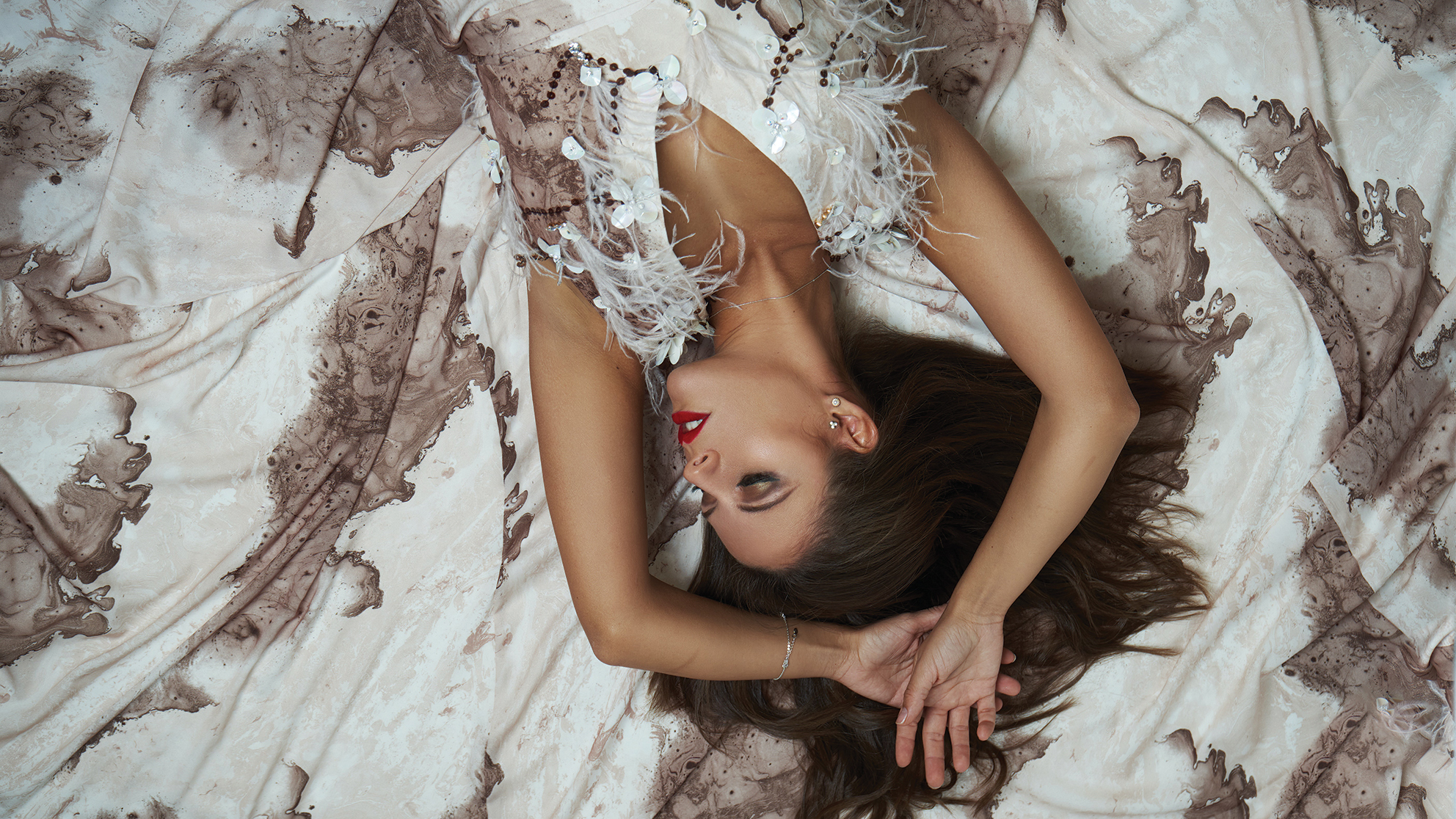Digital Camera World Verdict
Capable of some remarkable images and so easy to control, this smartphone-centric telescope’s only issue is a short WiFi range
Pros
- +
+ Easy to use
- +
+ Very precise tracking
- +
+ Incredible with faint objects
- +
+ Built-in light pollution filter
Cons
- -
Expensive
- -
Slow set-up
- -
Unreliable WiFi
- -
Kills user’s night vision
Why you can trust Digital Camera World
A telescope without an eyepiece? There are plenty of affordable backyard telescopes for astrophotography or observation that will find galaxies, star clusters and nebula for you automatically, but they all have one thing in common; you have to look through them. Not so the French-designed Vaonis Stellina Smart Telescope, the world’s first ‘smart telescope’ that can be controlled and used purely by a smartphone.
Modeled on professional remote observatories (and developed by experts who worked in them), the user chooses a target on an app – a galaxy, nebula, star cluster, planet or the moon – and the Stellina points at it, digitally focuses on it, and presents an image in that app. You can then study it, save it, or share it on Twitter.
• Buy Vaonis Stellina at Astroshop.eu
• Buy Vaonis Stellina at Adorama
Vaonis Stellina: handling
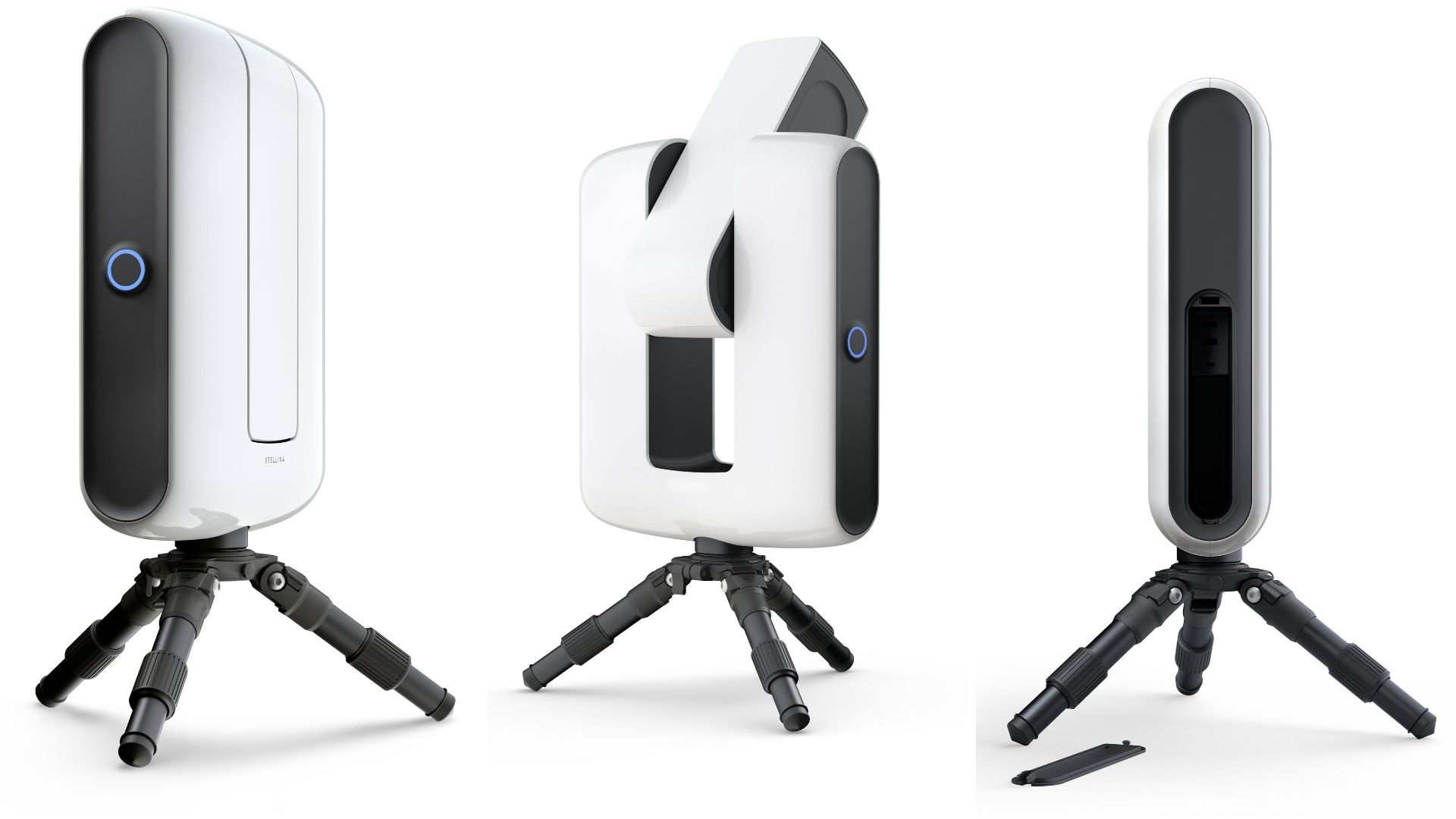
Physically, the Stellina does not look like a telescope. It’s 11.2kg/24.7lbs, 49x39x13cm/19x15x4.7-inches bulk is the shape of a home cinema projector. In the box is a short 1.3kg tripod from Gitzo and a 10,000mAh portable battery from Asus. Yup, the Stellina operates solely on portable batteries.
Attached to the Stellina via USB-C and neatly stored within the chassis, any 10,000mAh battery gives the telescope five hours of use and, of course, you can have another 10,000mAh battery waiting in your pocket. It’s IP53 water-resistant, it sits on a built-in motorized alt-azimuth mount, and it even has an integrated heater to banish dew.
Astronomy-wise, know that the Stellina is a refractor telescope with an aperture of 80mm/3.15-inches, which size-wise is equivalent to a thoroughly affordable backyard ‘starter’ telescope, but don’t judge it for that yet. It’s 400mm/15.75-inch focal length, 1° x 0.7° field of view and 50x optical magnification boost its capabilities, but the real advantage is the unique way it produces images.

Working on a four-core 1.4Ghz processor, it’s armed with a Sony 1/1.8-inch CMOS sensor and it produces 6.4MP images in JPEG and Raw. What’s more each object in its catalogue – presented in the app as a list of visible observable targets that change in real-time as objects rise and set – has its own specific magnification and focus locked-in. Everything’s been done for you, and the image you see on a smartphone is the result of real-time stacking as it gradually tracks the night sky. This is very clever stuff.
Connecting your camera phone to the Stellina is an integral part of the set-up because the telescope uses your phone’s GPS position to calibrate its view of the night sky using its own starfield recognition software. It was incredibly accurate during our review, putting everything we targeted in the centre of the image. It’s beautifully precise, and while that may be lost on those who have never owned a (non-smart) telescope, any amateur astronomer will be delighted to not have to fiddle around with positioning. However, it’s not super-quick.
Vaonis Stellina: performance
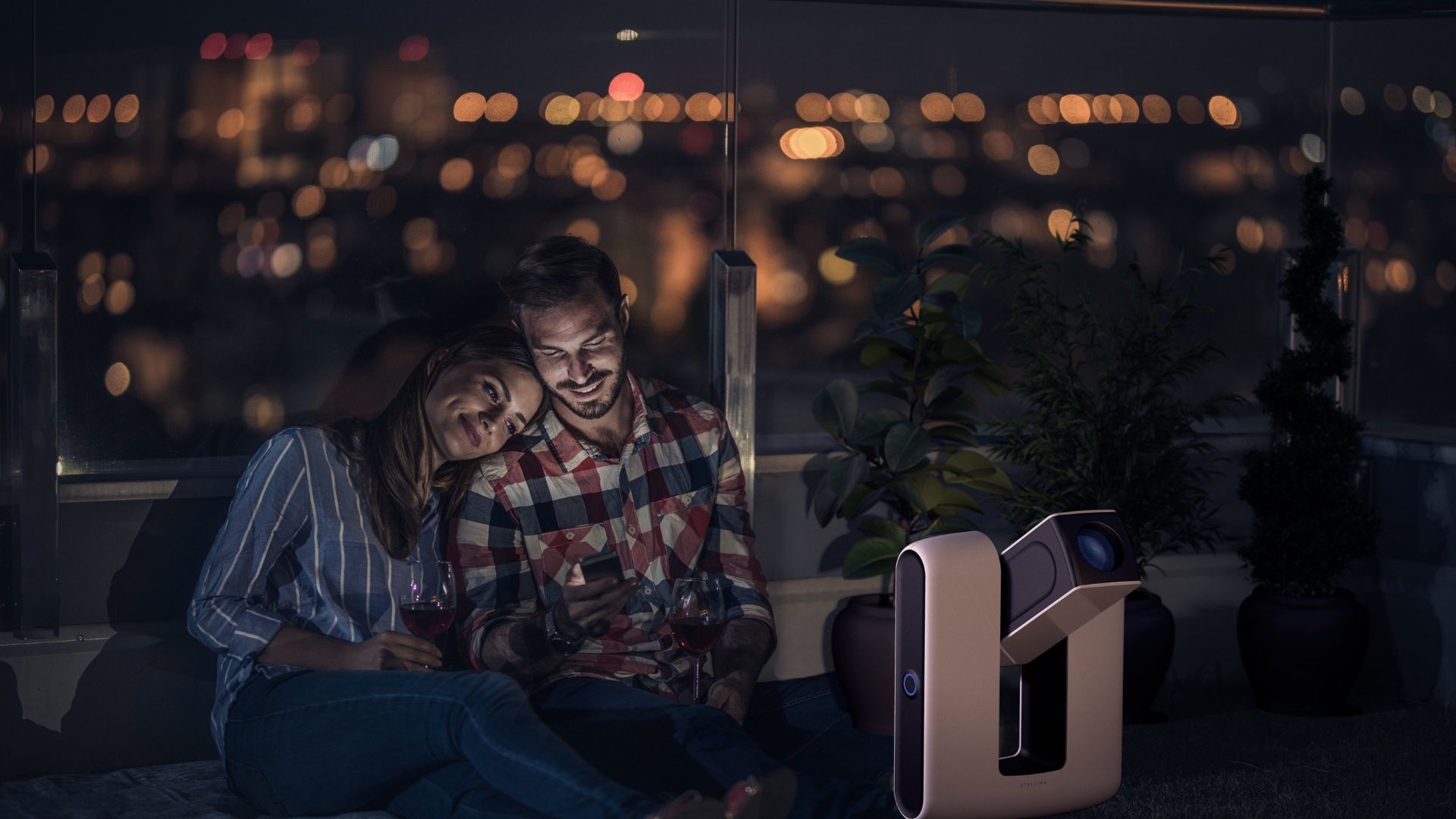
In theory, you could put the Stellina in your back garden and sit inside browsing its live images. In practice, the WiFi network you need to be constantly attached to is just not wide enough. During our review, we sat indoors not three metres from the Stellina and frequently lost connection to it. That’s a problem because reconnecting means reinitialising, a process that’s automatic, but takes 10 minutes.
In short, the Stellina is best operated while standing next to it, which ensures a steady WiFi connection and a good view of any drifting clouds (the latter stalls the alignment process). Consequently, Stellina does bring its own conceptual issues because if you’re standing outside in the dark under a starry sky while staring at a smartphone then you’re not going to have any night vision at all. Night vision takes about 20 minutes of complete darkness to nurture, but it’s lost with a quick glance at a smartphone. Plus, if you’re standing next to a telescope, why not have an eyepiece? What’s the point of the Stellina? The answer to that is easy; its incredible views and images of faint objects.
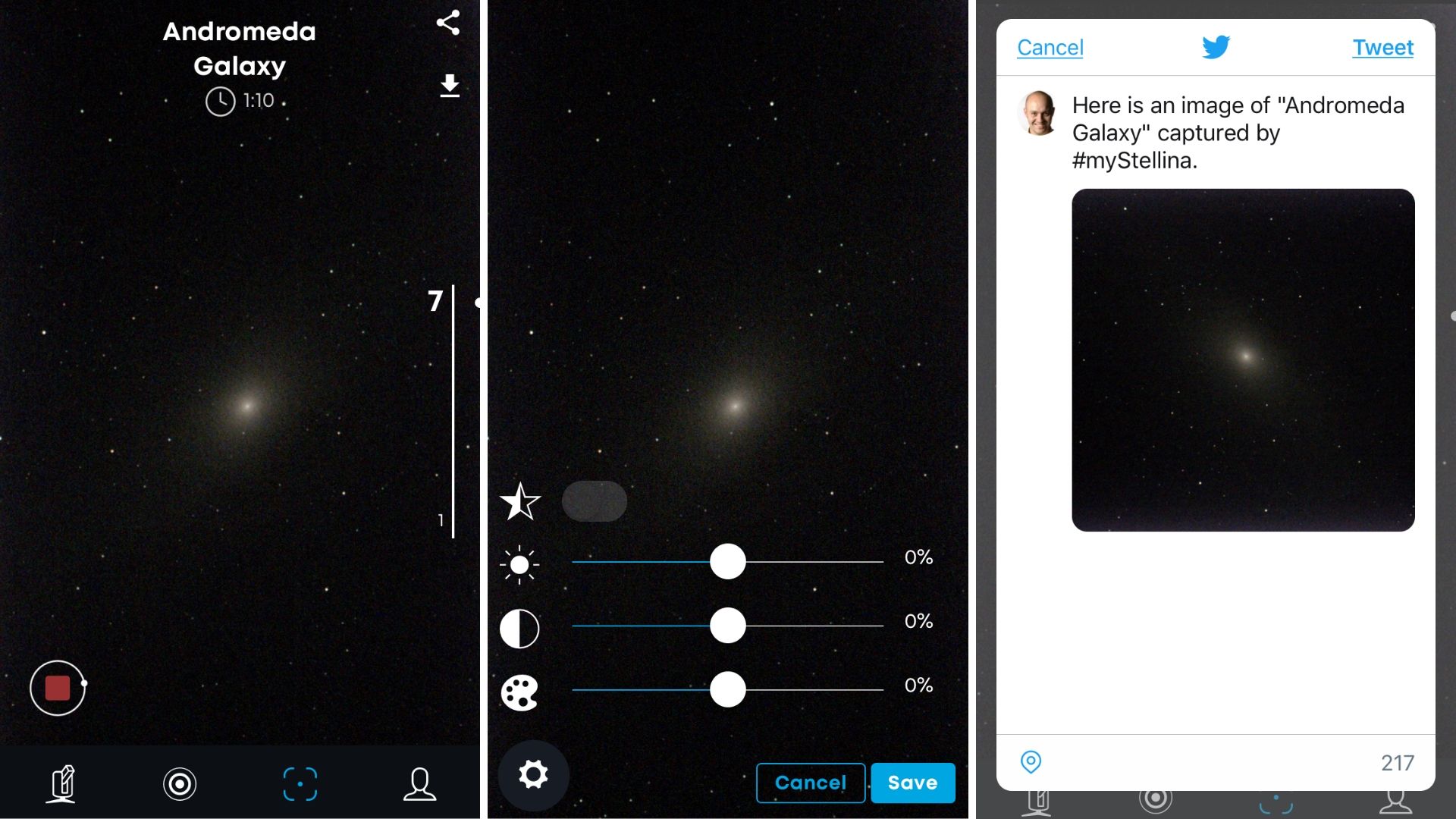
Vaonis Stellina: sample images
Though it takes time, Stellina’s images can be exquisite. During our test, we pointed the Stellina first at Saturn. Stellina isn’t designed to observe planets, and Saturn was also low in the sky so rather hazy, but definite rings were visible. Then it was on to the Hercules Cluster, the Ring Nebula, and the Andromeda Galaxy (see our images below). We weren’t completely sold on the latter, but the Stellina did a marvelous job with the other two. Both objects are impossible to see with any clarity with ‘normal’ telescopes from our review position in the middle of a city. The Stellina’s image stacking engine works really well, as does its light pollution filter.
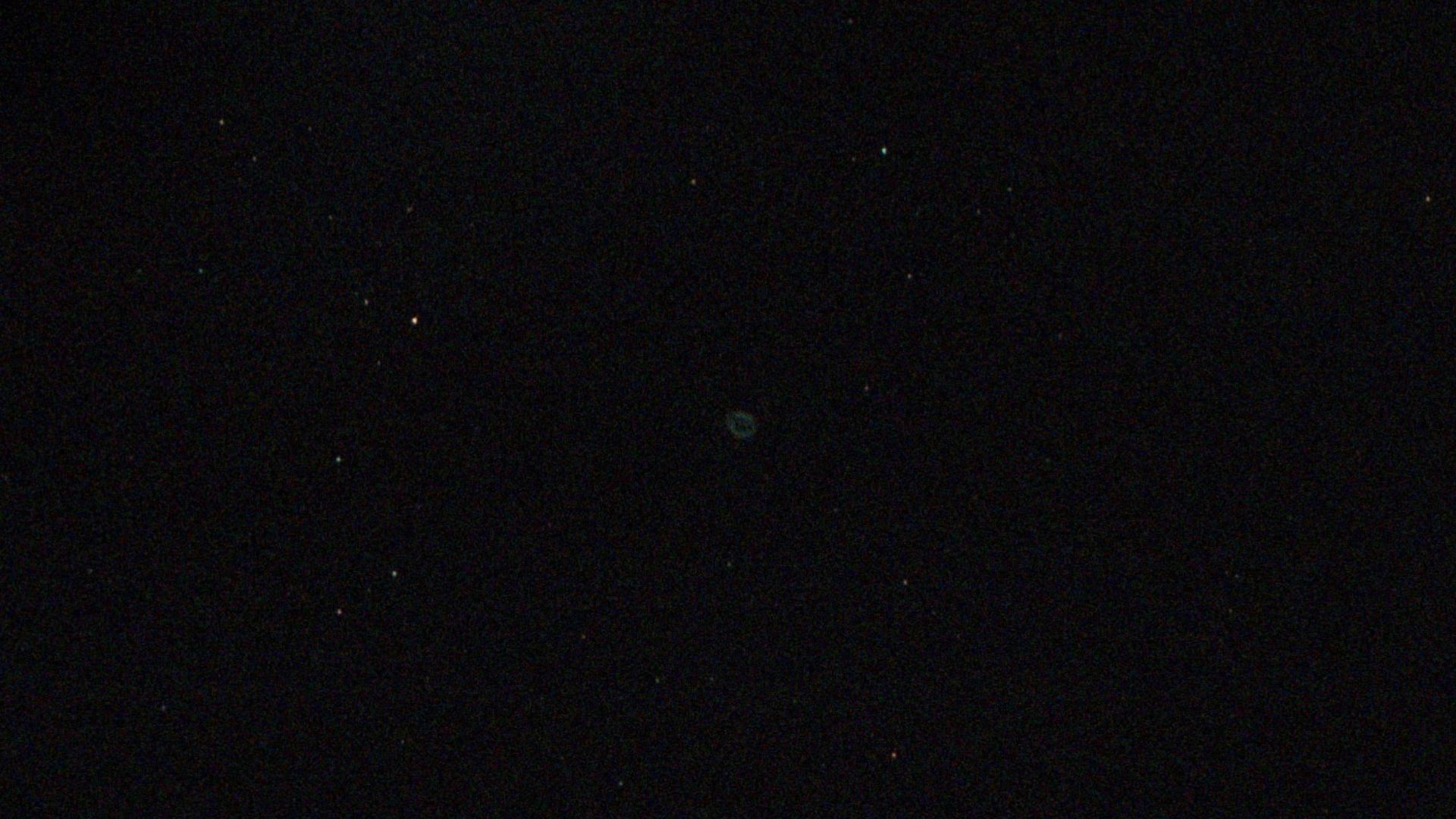
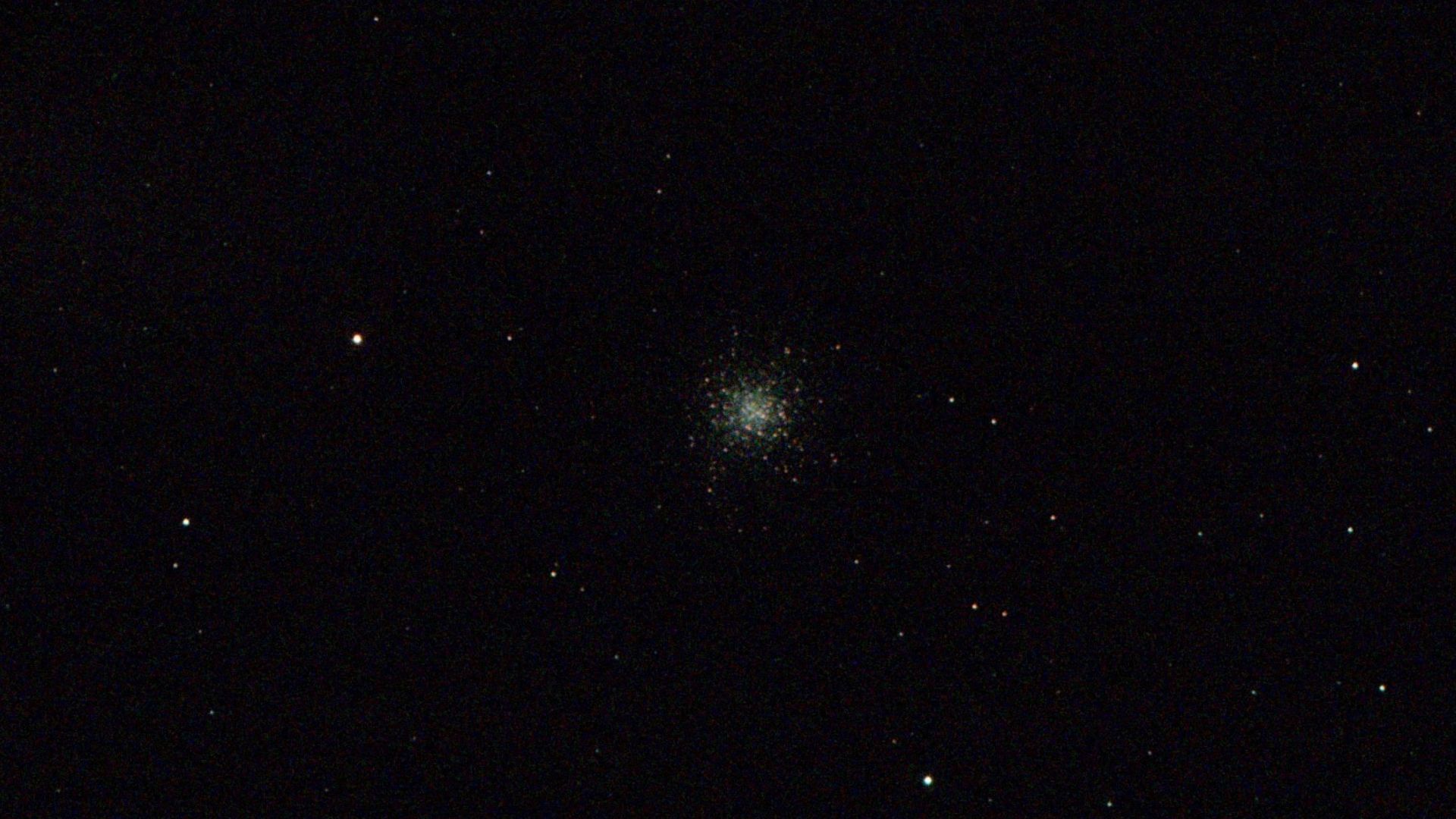
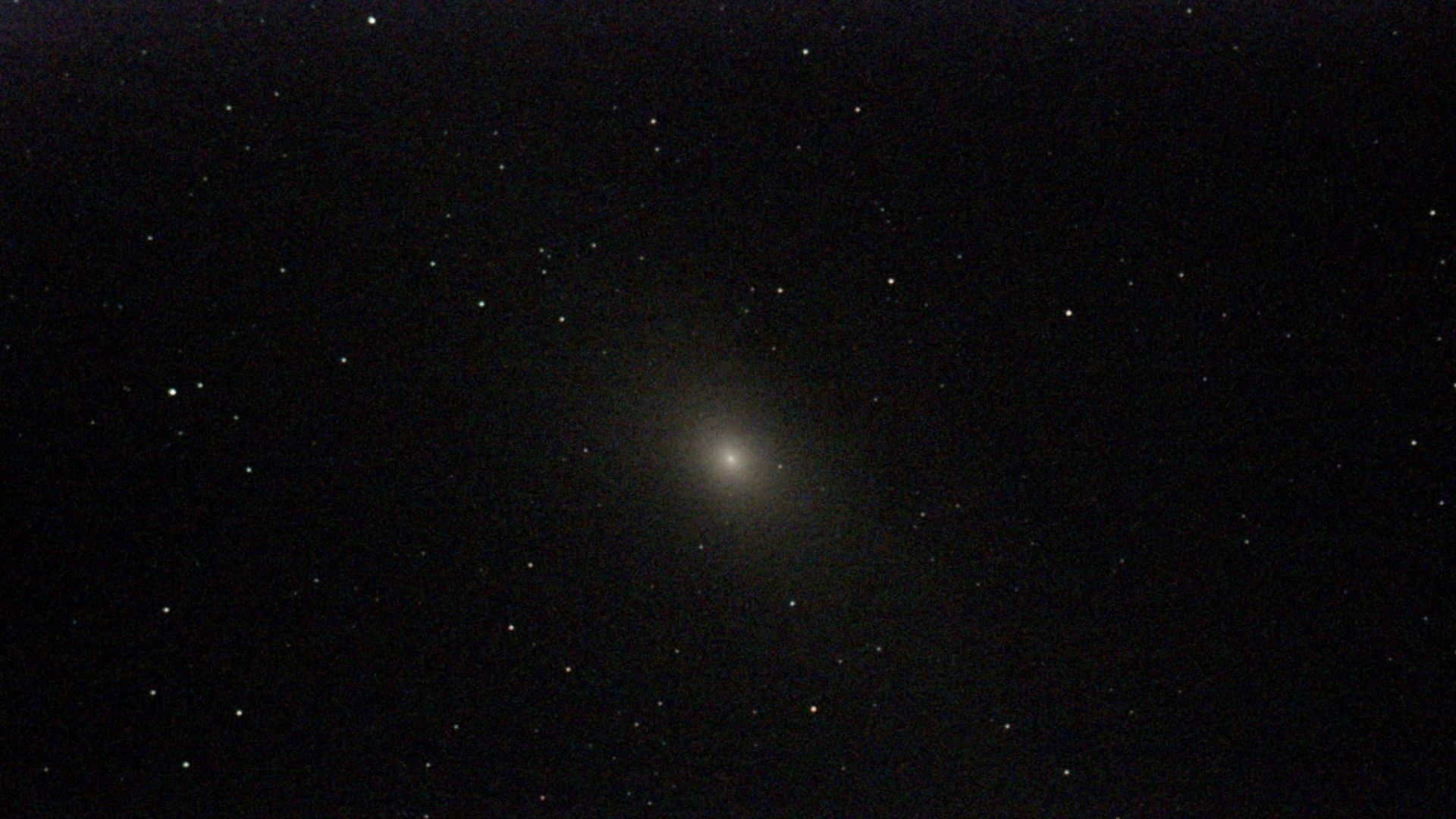
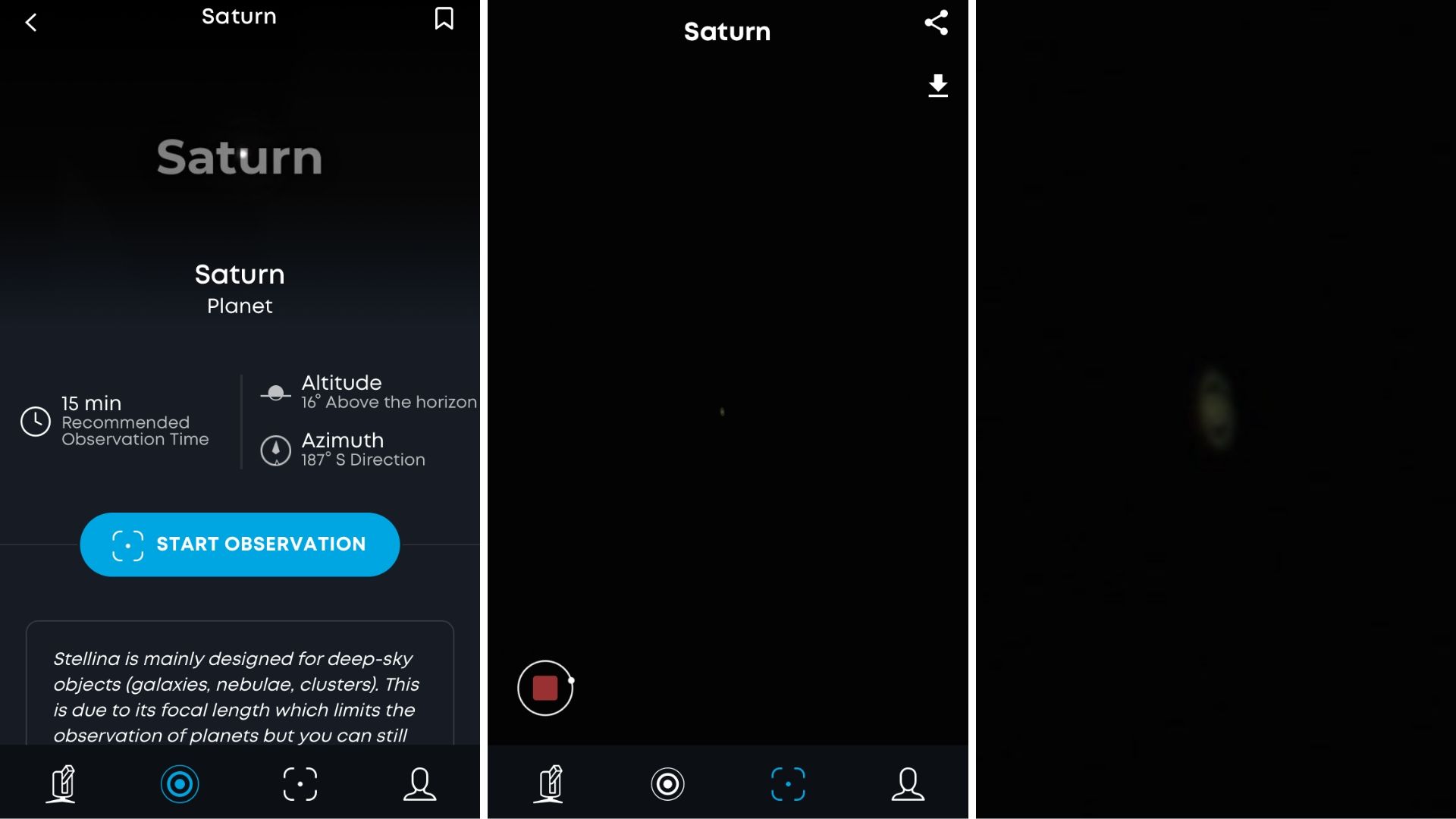
Vaonis Stellina: verdict
The Stellina is a fabulous machine and it’s capable of incredible images that you would struggle to get from any other kind of telescope – particularly from a light-polluted city – but the Stellina does have an unintended consequence; it effortlessly shows you the night sky, but it makes sure you never see it with your own eyes.
• Buy Vaonis Stellina at Astroshop.eu
• Buy Vaonis Stellina at Adorama
Read more:
• Best smart telescopes
• Astrophotography: How-to guides, tips and videos
• The best camera for astrophotography
• The best telescopes for astrophotography
• The best lenses for astrophotography
• The best CCD cameras for astrophotography
• The best spotting scopes
• The best binoculars

Jamie has been writing about photography, astronomy, astro-tourism and astrophotography for over 15 years, producing content for Forbes, Space.com, Live Science, Techradar, T3, BBC Wildlife, Science Focus, Sky & Telescope, BBC Sky At Night, South China Morning Post, The Guardian, The Telegraph and Travel+Leisure.
As the editor for When Is The Next Eclipse, he has a wealth of experience, expertise and enthusiasm for astrophotography, from capturing the moon and meteor showers to solar and lunar eclipses.
He also brings a great deal of knowledge on action cameras, 360 cameras, AI cameras, camera backpacks, telescopes, gimbals, tripods and all manner of photography equipment.


